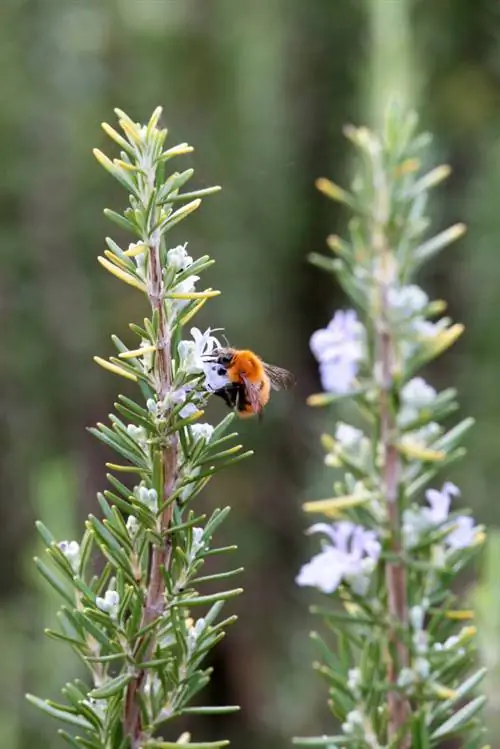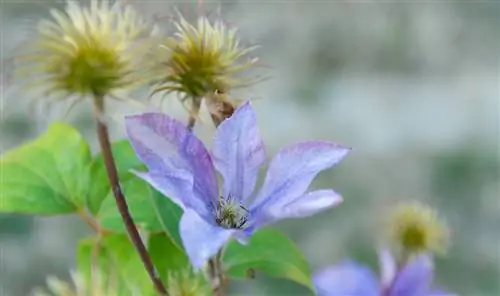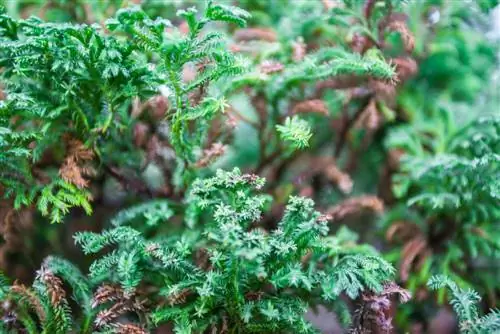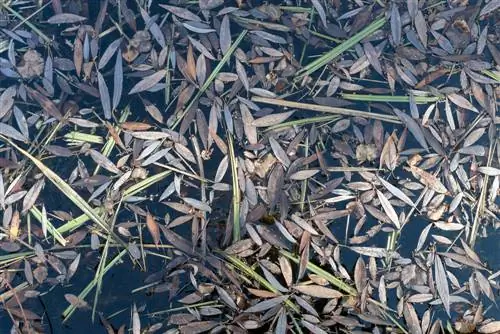- Author admin [email protected].
- Public 2023-12-16 16:46.
- Last modified 2025-01-23 11:20.
Rosemary is actually a fairly easy plant to care for - if it weren't so unpredictable. Wrong location, too little water or too much, winter too cold or too warm; It's difficult to please the sensitive shrub. Many rosemaries turn brown after a while, usually from the tips of the needles. But the branches can also dry out quickly, especially towards the end of winter.
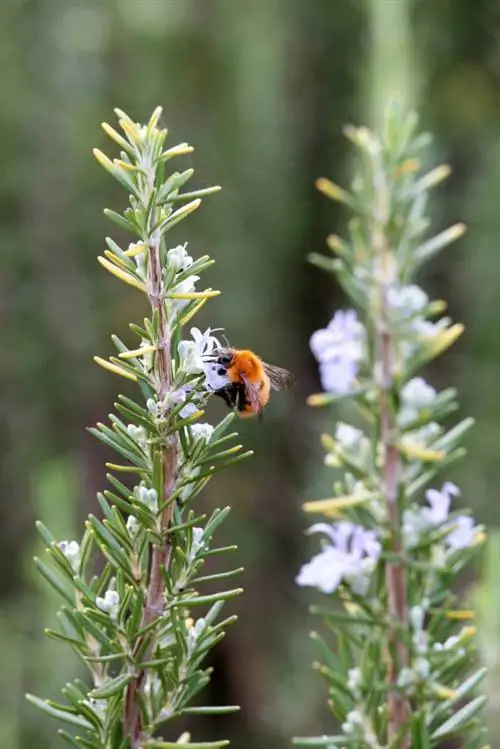
What is the cause of brown rosemary and how to save it?
When rosemary turns brown, too much moisture is usually to blame. Check the water supply, avoid waterlogging and pay attention to possible pest infestation or fungal diseases. If necessary, you should repot the plant in fresh substrate.
Too much moisture is usually to blame
If the needles turn brown and fall off, there are two possible reasons: either the affected rosemary is too wet or too dry. Before you start treating the plant, you should find out the correct cause. In most cases, however, too much water will harm your rosemary, true to the old gardening adage “More plants have been watered to death than dried out.” Too high humidity, too much irrigation water and, in particular, waterlogging cause the roots of the rosemary to rot and ultimately no longer be able to supply the above-ground parts of the plant. In this case, the only thing that helps is to dig up or repot the rosemary and replant it in a new place or pot in fresh substrate - of course, after the rotting roots have been pruned.
Brown needles due to pest infestation
Brown needles can, however, also have another cause, namely an infestation with pests such as spider mites, scale insects or tripe. Fungal diseases also occur quite frequently. The gardener usually notices a pest or fungal infestation towards the end of winter, especially if the plant has overwintered indoors. The cause is often a winter that is too warm and, as a result, the humidity is too low. Many pests love dry heating air and attack dry plants, which are also weakened by overwintering and therefore more vulnerable. Examine your rosemary carefully and look out for small animals, particularly on the undersides of the leaves - these are often only a few millimeters long and cannot always be seen with the naked eye.
Tips & Tricks
First try to combat the pests or fungi with biological means. Chemical pesticides (e.g. B. Fungicides) must under no circumstances be used on a plant intended for consumption! Higher humidity often helps against unwanted animals; mildew and other fungi can be treated with a garlic decoction.

